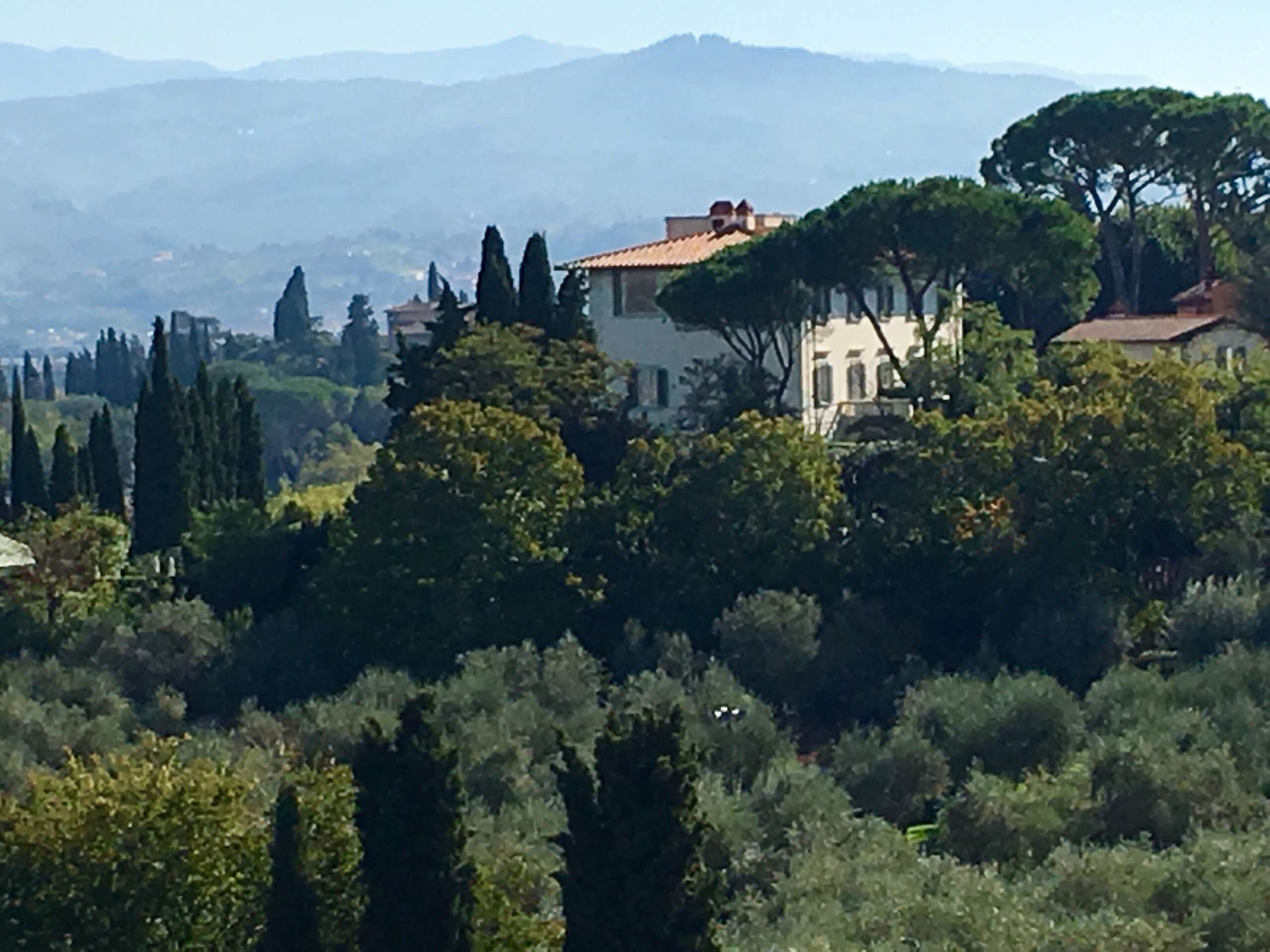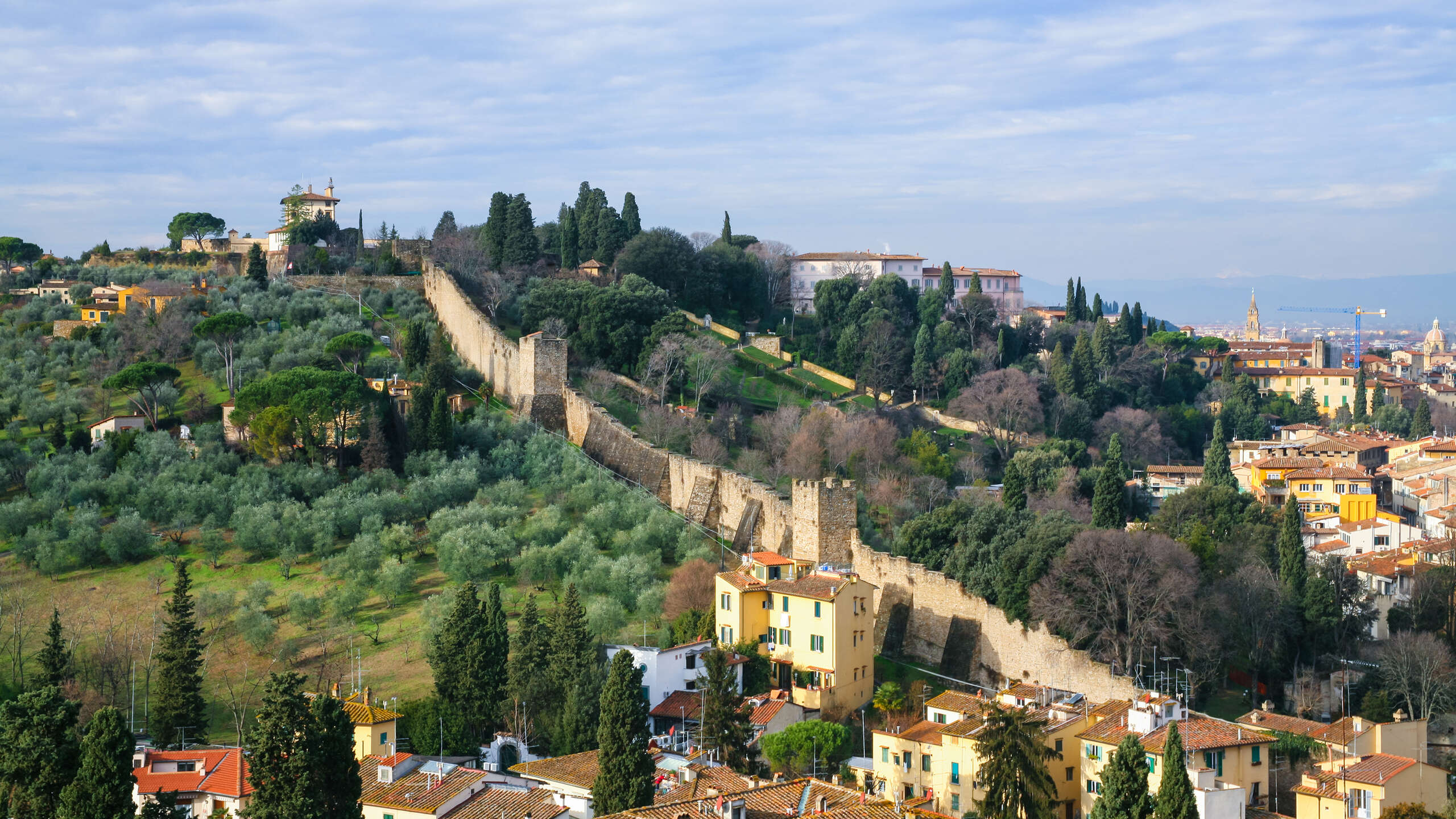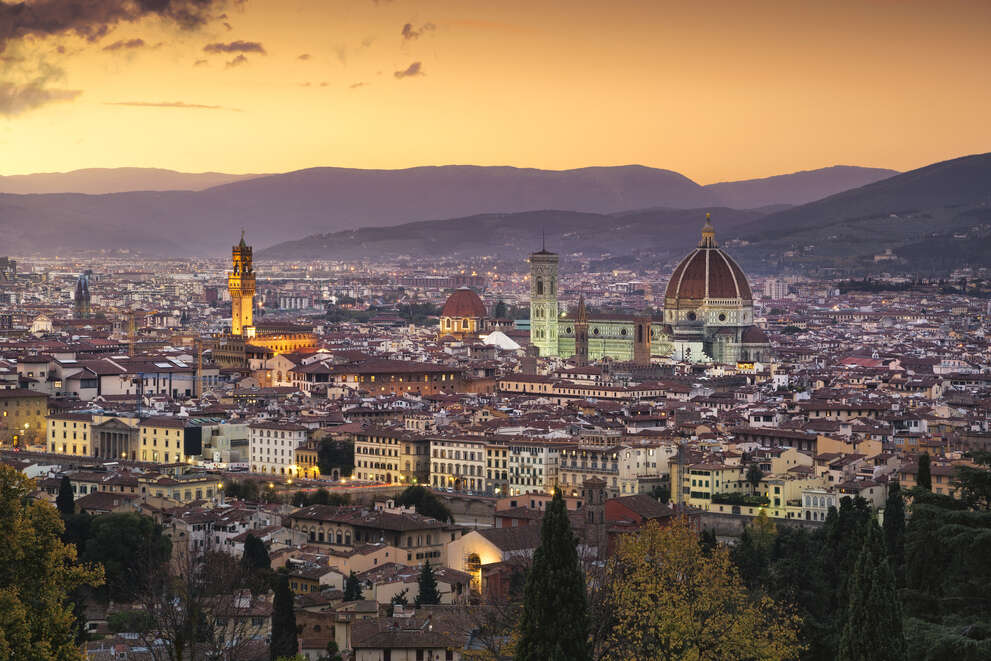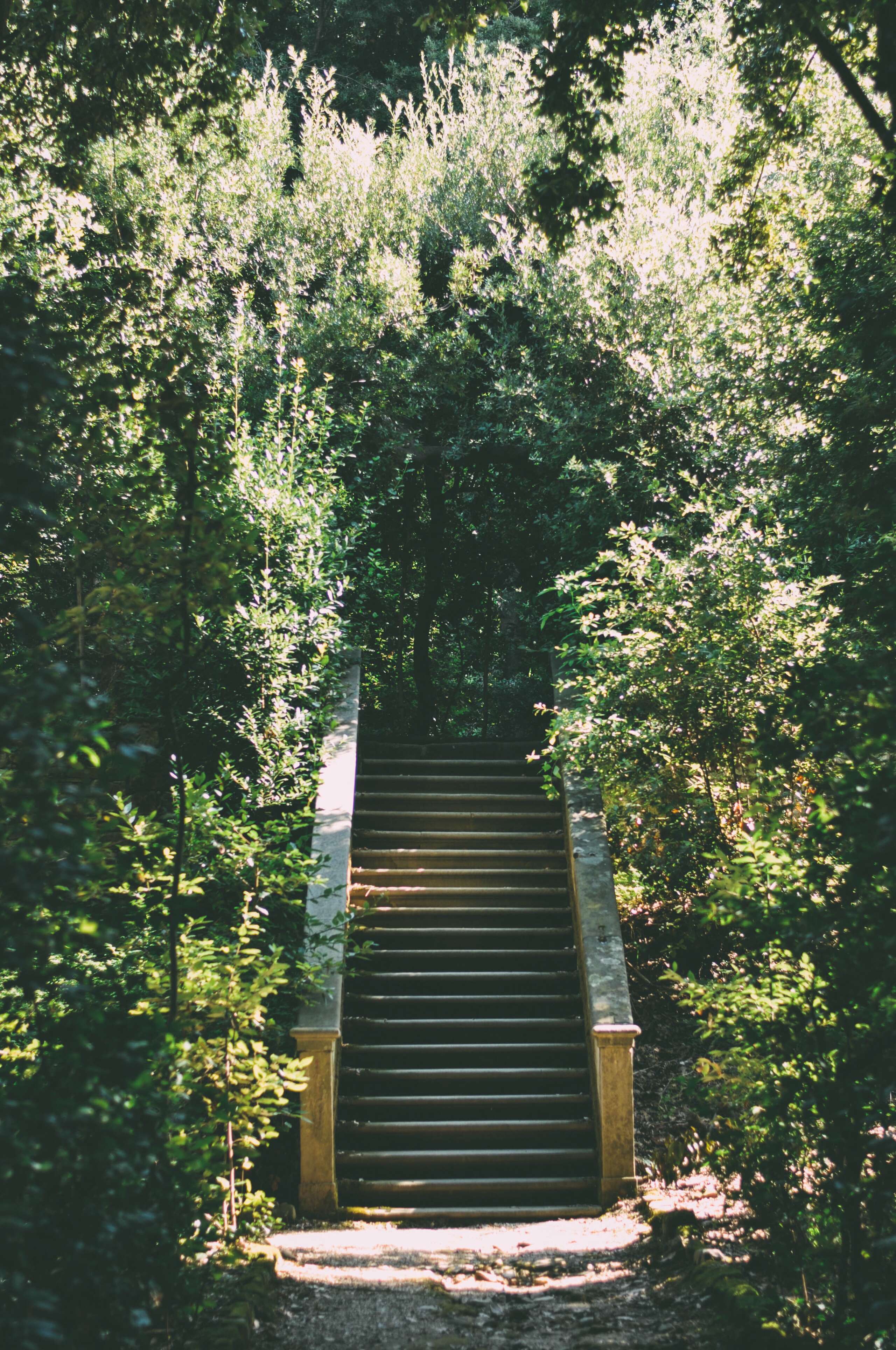Gardens at Florence
Florence is a city like no other in Italy. It has the ideal combination of old and new architecture, art, culture, and history. When you get to explore the cultural wonders of the city and relax your mind, you'll soon see why so many people fall hard for Florence and its breathtaking surroundings.
Villa Bardini
Located on the left bank of the Arno river in the neighborhood of San Niccolo’, Villa Bardini and its garden will treat you to one of the most extraordinary views of Florence.
Dating back to the XVII century, the Villa usually hosts important temporary exhibitions and it is home to the Pietro Annigoni and the Roberto Capucci museums.
The Bardini gardens (Giardino Bardini) are a beautiful combination of terraces, statues, flowers and bushes with a spectacular view of Florence. The gardens are open Monday to Sunday from 10:00 am to 6:00 pm.
Boboli Gardens
The Boboli Gardens are the perfect getaway from the hectic city center. Located right behind Pitti Palace, the gardens are a great example of Italian formal gardens that were created in the 16th century and became a model for many European courts.
The Boboli gardens were originally commissioned by Cosimo de' Medici in order to build an open-air museum of sculpture and botany with antique statues, Renaissance fountains and caves. The gardens took their name from the hill on which they are located, and they are definitely one of the most beautiful spots in Florence.
Rose Garden
The Rose Garden is a place of extraordinary beauty, with many types of roses (a collection of about 400 varieties) and other plants (a total of about 1,200), as well as a Japanese-style garden.
The park is located in the Oltrarno area, below Piazzale Michelangelo, and offers an amazing panoramic view of the city.
In 2001, part of the garden was damaged by a fire: the pergola and many plants were destroyed. The city contributed to the restoration with €60,000 for the construction of a new pergola. The garden reopened in 2006.
Torrigiani Garden
Torrigiani garden is the largest private garden in Europe situated within city boundaries.
Stretching for nearly seven acres in the historic center of Florence, Torrigiani garden is one of the city's most prized jewels. This vast green space, enclosed by 16th century walls, was once home to a monastery that had been destroyed by an earthquake. The entire complex was transformed into a private residence and redesigned as a 17th century "secret" garden, combining elements inspired by the French and Italian Renaissance with those inspired by the English style that was fashionable at the time.
Everything here leads the visitor through a romantic and sentimental itinerary, from the gloomy "sacred wood" hiding the Sepolcreto to the wide open spaces that surround the temple of Arcadia, a symbol of ideal bucolic life. The garden is home to a number of other buildings including a farmhouse, a pheasant house, a beekeeping station, stables and 18th century greenhouse.
Torrigiani Garden can be visited for free on Sundays (from 10 am to 4 pm) except during August and on certain holiday dates: May 1st (Labor Day), June 2nd (Republic Day), December 25th (Christmas Day) and January 1.
Botanical Garden
Tucked away in a corner of the city is the Orto Botanico di Firenze, or Florence’s botanical garden. The garden is considered to be the third-oldest botanical garden in the world: the official founding date is December 1st 1545, when Cosimo I de’ Medici was in charge, but plants with medicinal properties were cultivated here since the Middle Ages. Nowadays it is part of the Natural History Museum of the University of Florence.
Must sees are the many rare plants, such as the Wollemia nobilis, and the impressive monumental trees. Other interesting collections are those of Brazilian and African trees, like baobabs, and orchids. The Orto Botanico also offers a respite from the crowds: tourists don’t often venture this way and you’ll find more locals picnicking on its lawns than visitors taking pictures.
Medici Villa of Castello
The Medici Villa of Castello is the largest and most magnificent of the Medici villas; it was originally built in 1477. The main entrance to the gardens is on Via di Castello, a few hundred meters from Piazza Michelangelo.
The symmetrical layout of the garden was designed by Niccolo Tribolo in 1537: a large central fountain at the head of an octagonal pool, surrounded by eight other smaller fountains, with avenues radiating outwards to form four quarters.
In the center stands an obelisk with a marble statue of Cleopatra on top. Around are statues depicting ancient Roman deities and a 16th-century grotto decorated with shells and pebbles from the river Arno.
To the left is a Temple of Vulcan, dedicated to Cosimo I's blacksmith father; this leads past an antiquities museum to two further pavilions. To the right is another temple, dedicated to Venus, with a statue of Michelangelo's David balanced on its roof! The garden has been in continuous use since it was built, and today hosts concerts and art exhibitions during special seasons.
Medici Park of Pratolino
The Medici Park of Pratolino is a vast landscaped park in the outskirts of Florence, in Tuscany, central Italy. It is part of the Villa Medicea di Pratolino, an estate which was once favored by the Medici family. The park is open regularly to travellers and offers spectacular views over the Tuscan countryside.
The park was created in the late 16th century by Francesco I de' Medici, Grand Duke of Tuscany. The villa and its surrounding gardens were designed by Bartolomeo Ammannati and Giorgio Vasari to fulfill Francesco's desire for a place where he could spend his time with his favorite musicians and poets.
The garden was laid out on a steep hillside at the foot of which ran the Mugnone river. At lower elevations were a series of terraces with ornamental parterres and fountains fed by a hydraulic system which used water from the river. On higher ground stood an octagonal Belvedere, built around 1560-1570, where the grand duke would listen to music or take part in theatrical performances.









